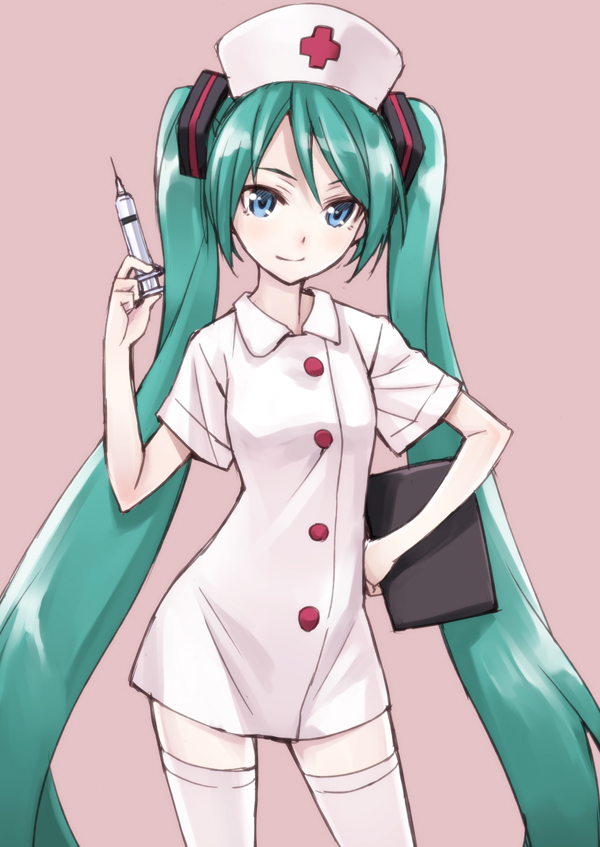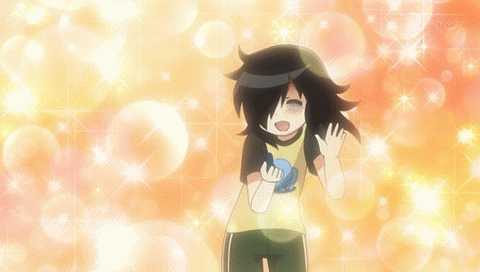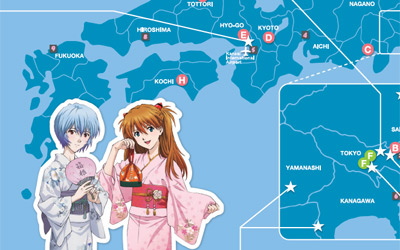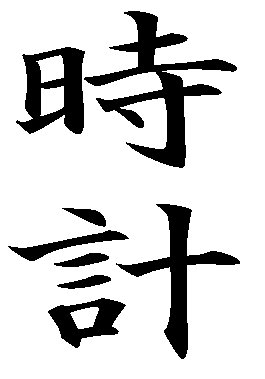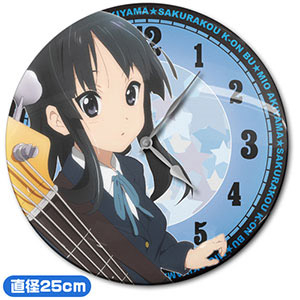Japanese has some neat things when you break down the various elements within the language through its kanji characters. Inside every kanji component to form a word compound is a small piece to a larger puzzle.
The particular kanji compound I have always liked is the Japanese word for self-confidence – jishin (自信 /// じしん), which should not be confused with the homonym of jishin for earthquake (地震 /// じしん).
The kanji compound is comprised of two parts: the first character (自) meaning self and the second character (信) is for faith or belief. So put the two characters together, and 自信 thus becomes self-confidence/belief in oneself.
Self-confidence is something I have been trying to get more of as I attempt to repair my life, bit by bit. With confidence, one can overcome fear that hinders action. Without action, nothing ever gets done. It is always about the forward progress at this point in the game.
I definitely have more confidence these days, but I know I have not reached my apex of how outgoing I can truly be. I know a confident version of myself is hidden somewhere, and it is just a matter of trying to bring out this ideal individual on a more consistent basis.
I guess everyone could use a bit more 自信 every now and then.
J-I-S-H-I-N. Dat self-confidence.
Filed under: Rant, RESOLVE Tagged: Chinese Kanji, Confidence, Determination, Fear, Japanese, Language, Life, Rant, Resolve, Spirit
















